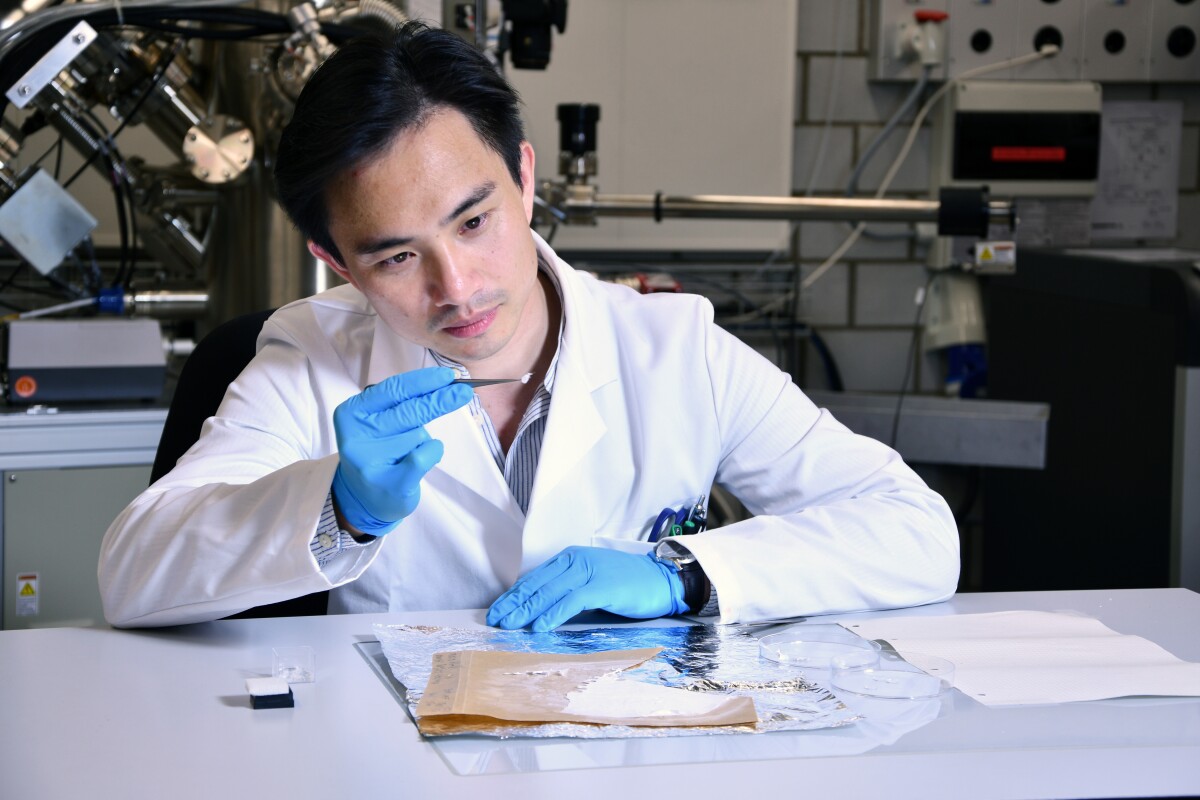Ford’s Dearborn Truck Plant is currently rolling out one brand new all-aluminum F-150 every single minute as the company continues to strive to revolutionize how automobiles are made.
The Dearborn complex spans 600 acres and employs 3,600 people on the assembly lines, but the plant had to be completely shut down in 2014 for eight weeks in order to make the transition to the new F-150.
Kristina Adamski, Ford’s manufacturing communications manager, says, “Using aluminum required a whole new manufacturing process. There’s a new structural joining process. There are new screws and new structural adhesives, and we needed 500 new robots to manage the process. The stamping also changed, and we had to put in four new lines. There’s also a new closed-loop recycling process where the pieces cut off in stamping go right back to the aluminum supplier, and they’re melted down and put back into new aluminum.”
Ford’s heralded Mustang was built at the factory from 1964 until 2004, when Dearborn was officially turned into a truck plant.
Ford’s leap of faith with the company’s new all-aluminum F-150 is similar to a gamble the automaker took way back in 1908 by discontinuing all of its vehicles except the Model T. Ford only built Model Ts at its plants until the car was retired in 1927.
Today, Ford faces a similar uncertainty with the aluminum F-150, designed to shed around 315 kilograms per truck to increase fuel efficiency while maintaining towing capacity and payload.
The main questions are whether or not buyers will be receptive to a new concept, especially as it pertains to the widely popular F-150, and how efficient service and repair departments can be working on a redesigned F-150 with all new techniques.
“Service and repair (departments were) involved from the beginning,” says Mike Levine, Ford’s truck communications manager. “When we were working on it in 2009, we made sure that it had to be repairable, and we did that during engineering. The truck had to be affordable to fix, not just to buy.”
Ford’s Dearborn Truck Plant is open to public tours, and visitors can even watch the assembly process from overhead catwalks. If you ever find yourself in Michigan, be sure and stop by the complex and check out the potential future key component of automobiles being assembled…aluminum!






